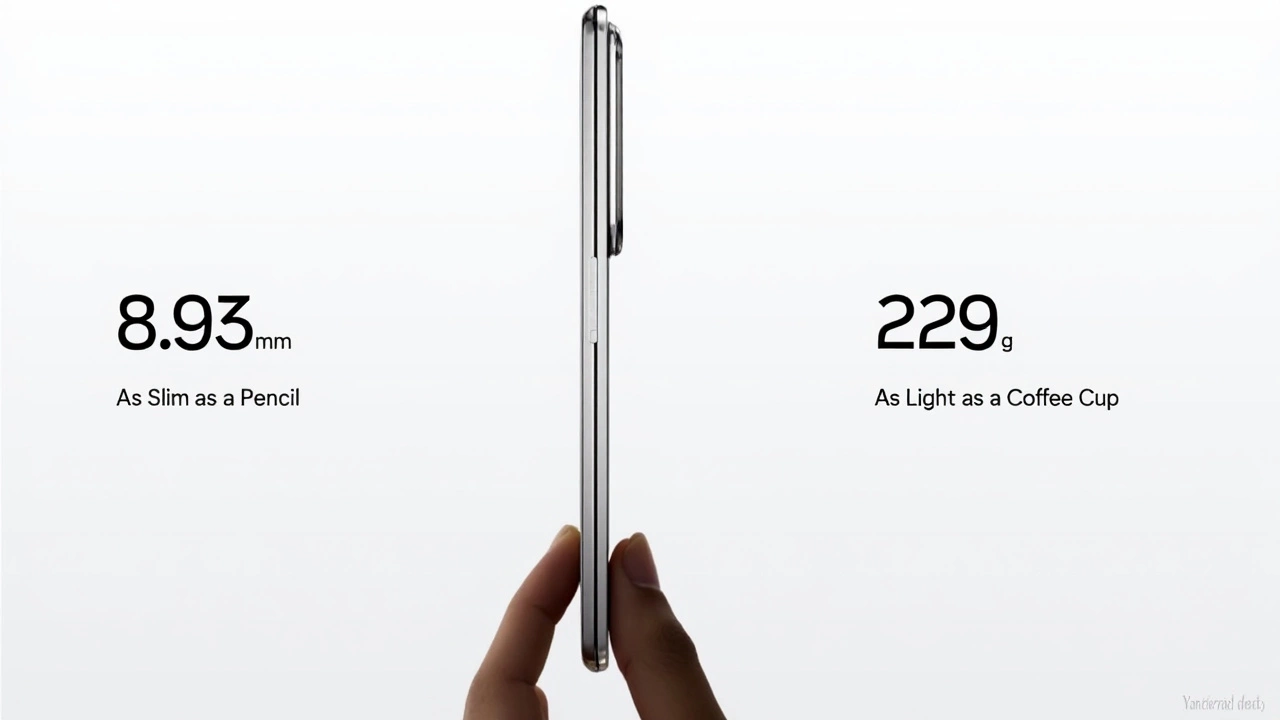Additive Manufacturing: The Fast‑Track to Modern Production
If you’ve heard the term additive manufacturing and thought it’s just fancy 3D printing, you’re only half right. It’s a whole shift in how things get made – layering material instead of cutting it, cutting waste, and opening doors to designs that were impossible before. In the next few minutes, you’ll see why it matters to you, what’s hot right now, and how you can hop on board without a massive budget.
Top Trends Shaping Additive Manufacturing
First up, materials are getting smarter. Metals that were once too expensive are now printable at price points that small shops can handle. Think aerospace‑grade titanium parts produced in a day rather than weeks. On the polymer side, bio‑degradable filaments are gaining traction, letting companies create eco‑friendly prototypes and even final products.
Second, speed is finally catching up. New laser systems and multi‑head printers can crank out larger batches in hours, not days. This means manufacturers can move from one‑off prototypes to short‑run production without breaking the bank.
Third, software is becoming more intuitive. AI‑driven slicers suggest the best print orientation, predict weak points, and even automatically generate support structures. You don’t need a PhD in engineering to get a decent print – the tools do a lot of the heavy lifting.
Lastly, the supply chain is reshaping itself around on‑demand printing. Companies are setting up small “digital factories” near customers, cutting shipping costs and lead times. Imagine ordering a custom bike frame and having it printed at a local hub within 48 hours.
How Businesses Can Get Started
Ready to test the waters? Start small. Grab a desktop printer that handles the material you need – many entry‑level units now support nylon and carbon‑filled filaments, which are strong enough for functional parts.
Next, pick a pilot project with clear ROI. A common first step is to replace a cheap metal bracket that breaks often. Print a few copies in a durable polymer, track the savings on material and downtime, and use that data to convince leadership.
Don’t overlook training. Most printer manufacturers offer free webinars and community forums where you can learn troubleshooting tricks. A few hours of learning can save you days of wasted prints.
Finally, think about post‑processing. A clean‑up station for removing supports, a small oven for heat‑treating prints, and a basic quality‑check checklist will make your first batch look professional.
In short, additive manufacturing isn’t a buzzword reserved for big labs – it’s a practical tool you can start using today. Keep an eye on material breakthroughs, watch the speed improvements, and experiment with a low‑risk project. Once you see the cost and time benefits, scaling up becomes a natural next step.
Stay tuned to this page for the latest news, case studies and how‑to guides that keep you ahead of the curve in the fast‑moving world of additive manufacturing.

OPPO's Find N5 breaks barriers with its titanium 3D-printed hinges, achieving unprecedented thinness in foldable smartphones. These advanced hinges, crafted from industrial-grade titanium alloy through additive manufacturing, ensure durability and lightweight design, showcasing significant progress in device engineering.
